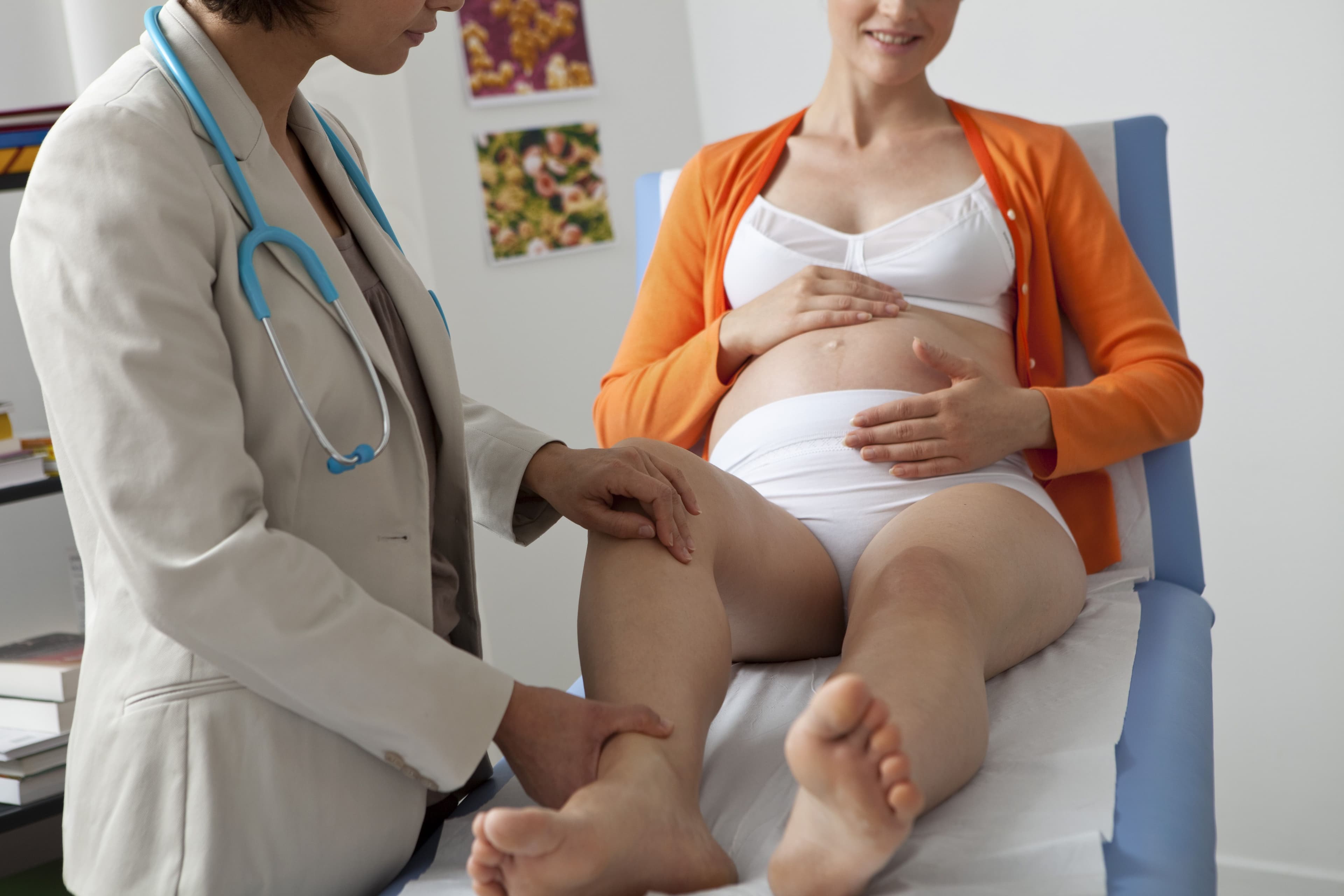Which contraception is best for venous insufficiency?
The fact is that inappropriate contraception can aggravate venous disease in women. This is hardly surprising, given that contraceptive pills are based on oestroprogestogens, with different doses depending on the ‘generation’ and brand. The key is to listen to your body, to determine whether your pill is making your legs heavier and then work with your doctor or gynaecologist to choose the contraceptive best suited to your situation.
The main reason for the disparity between men and women when it comes to venous disease is hormonal, since female hormones have a direct effect on blood vessels. Progesterone and oestrogen, produced naturally by the body or supplied by oral contraceptives, are involved in the sensation of heavy legs and the appearance of varicose veins. However, the absolute risk of venous thrombosis with the use of all types of combined oral contraceptives in young women is less than 1/1000 each year.
Generation 1, 2 and 3 pills - what are the differences? And what are the associated risks?
Depending on the progestin used, most oestroprogestogenic oral contraceptives have been divided into three classes or ‘generations’, a term that would suggest that the most recent are preferable to the previous ones, although this has not been proven. These three generations use the same oestrogen, ethinyl estradiol, in varying doses, combined with a norsteroidal progestin, but this classification in no way prejudges the advantages or disadvantages of one generation over the others. It should be noted that first- and second-generation pills are reimbursed, whereas third-generation pills are not.
Contraception for venous insufficiency: what are the official recommendations?
According to the recommendations of the French National Authority for Health (Haute Autorité de Santé), published in 2013, there are three main situations in which the pill should be used:
- In women with varicose veins or superficial thrombophlebitis, the risk of venous thromboembolism is not increased and any contraceptive method can be used. A personal history of superficial venous thrombosis is not a contraindication to hormonal contraception as a whole.
- In women with a history of venous disease (pulmonary embolism, deep vein thrombosis), progestin-only contraception may be used (with the exception of injectable progestin-only contraception). However, as a precaution, it is contraindicated in the event of ongoing thrombosis and must be discontinued if a venous thromboembolic event occurs for the 1st time during its use. Any personal or even family history of deep-vein thrombosis or pulmonary embolism should be examined, and a haemostasis test may be useful before prescribing hormonal contraception.
- If thrombophilia is confirmed, oral or non-oral oestroprogestogenic contraception is definitely contraindicated. In these situations, at a distance from the acute episode (venous thrombosis, pulmonary embolism), it is possible to use a microprogestogen or a macrodosed progestogen.
It should be noted that ‘mechanical’ contraception such as condoms, diaphragms or spermicides can still be used in cases of venous insufficiency.
Overview of other contraceptive solutions
While a hormone-based pill is the most commonly used method of protection against unwanted pregnancy, there are many other contraceptive methods, which can be combined for maximum effectiveness.
These include implants, which are inserted under the skin into the arm for continuous release into the blood(1), hormonal or copper ‘IUDs’(2), injectable progestins(3), ‘rings’ which release hormones directly into the uterine cavity(4), and patches(5), diaphragms and cervical capes(6), spermicides in the form of creams or gels(7), female or male sterilisation(8) or female and male condoms(9) which also have the advantage of protecting against sexually transmitted diseases.
- The implant is a small cylindrical plastic rod, 4 cm long and 2 mm in diameter (the size of a match), containing the same hormones as progestin-only pills. Once in place, the hormones it contains diffuse directly into the bloodstream and suppress ovulation.
- Incorrectly called an ‘IUD’ - because it does not make you sterile - the IUD or ‘intrauterine device’ is a contraceptive device inserted into the uterus by a health professional.
- It consists of a synthetic progestogen (medroxyprogesterone) injected by intramuscular injection every three months, providing constant contraception over this period.
- The vaginal ring, inserted deep into the vagina, is a flexible, porous plastic device containing a combination of hormones (oestrogen and progestin), which diffuse through the vaginal wall into the bloodstream as the body warms.
- The contraceptive patch is a patch that is stuck to the skin and diffuses two hormones (estradiol and progestin) into the blood through the skin.
- The diaphragm (made of latex or silicone) and the cervical cap (made of silicone) are slipped into the vagina, in contact with the cervix, to prevent the passage of spermatozoa into the uterus.
- Spermicides are substances that, as their name suggests, render sperm inactive or destroy them.
- Sterilisation for contraceptive purposes concerns women (tubal ligation and hysteroscopy) and men (vasectomy) who wish to avoid having children for good.
- Both male condoms (external) and female condoms (internal, placed in the vagina) prevent the passage of spermatozoa into the vagina, thus preventing fertilisation.
For any other questions, ask your doctor for advice.
- Øjvind Lidegaard et al., Hormonal contraception and risk of venous thromboembolism: national follow-up study; BMJ; 2009;339:b2890
- HAS : contraception chez la femme à risque cardiovasculaire
- Revue médicale Suisse : quelle contraception pour la femme à risque de maladie thromboembolique veineuse ?
- choisirsacontraception.fr
Article published on 25 August 2016 by Nathaly Mermet, science and medical journalist.


